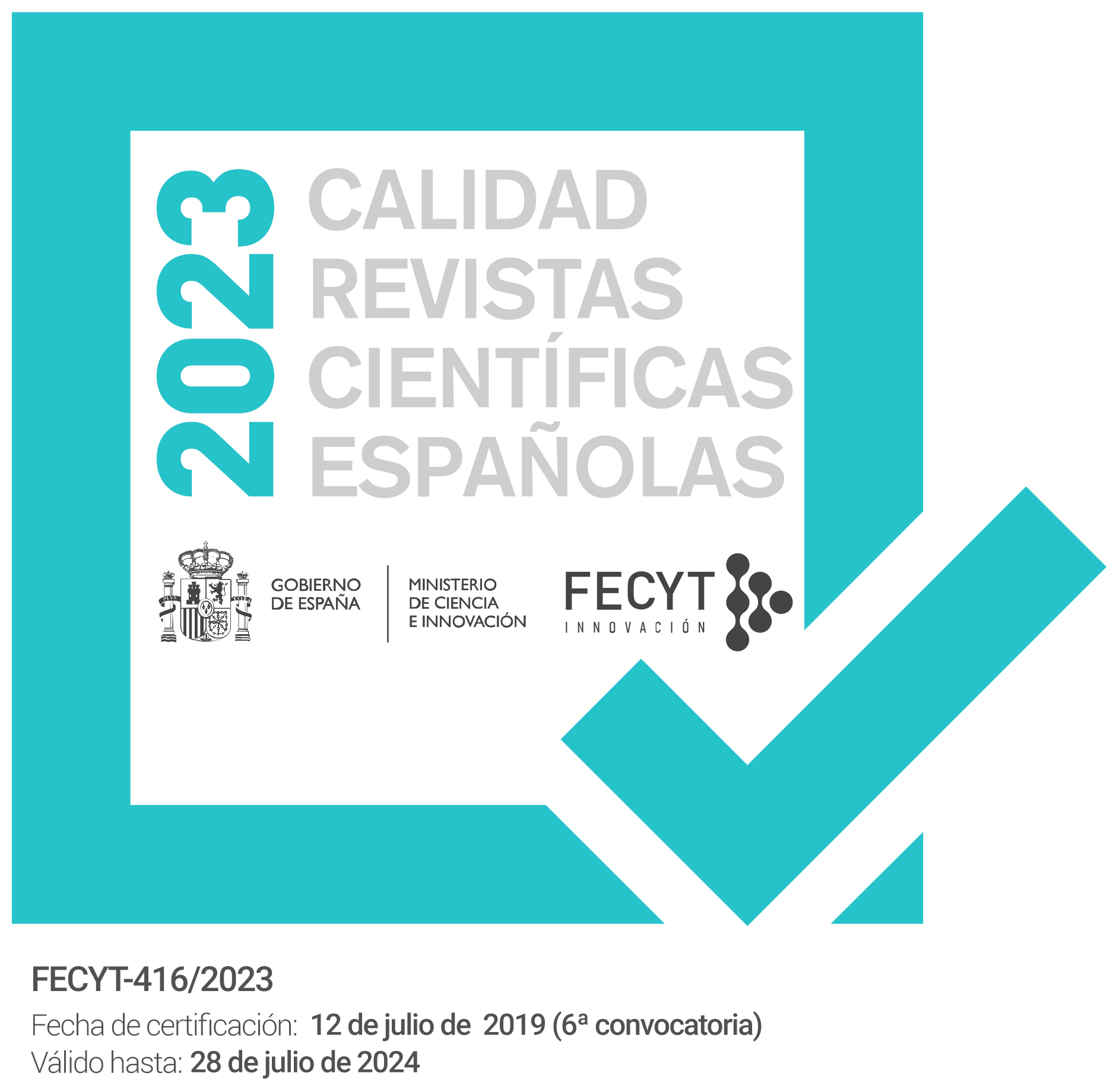La isla de las buenas costumbres: cambio social y cultural en la isla de La Graciosa
Keywords:
turismo ecológico, Islas Canarias, La Graciosa, cultura marinera, ecological tourism, Canary Islands, fishing cultureAbstract
La historia de La Graciosa desde su poblamiento a finales del siglo XIX, al amparo de la industria pesquera, hasta el día de hoy es objeto de un análisis sociológico en el que se pone de manifiesto la correspondencia entre los valores culturales de una comunidad y la preservación del medio y su paisaje. Las dificultades a la hora de hacer compatible un espacio protegido con la población residente son analizadas en este articulo con la intención de resaltar el imprescindible conocimiento de las costumbres y valores ambientales de una sociedad a la hora de planificar el territorio.
The history of La Graciosa island from the settlement at the end of the nineteenth century by fishermen to the present day is examined from a sociological perspective, pointing up the tensions in the island community when the regional government attempts to make a plan in the island’s environment and landscape. It is essential to know the ecological values arid practices of a society's inhabitants when attempting to protect the territory in which they live.
Downloads
Downloads
Issue
Section
License
The articles are open access distributed under the terms of the Creative Commons Attribution-NonCommercial-NoDerivatives (CC BY-NC-ND) Spain 4.0 license. Authors who publish in this journal agree with the following terms:
a) Authors retain the copyright and guarantee the journal the right to be the first publication of the work as well as licensed under a Creative Commons Attribution License that allows others to share the work with a recognition of the authorship of the work and the Initial publication in this magazine.
b) Authors may separately establish additional agreements for the non-exclusive distribution of the version of the work published in the journal (for example, place it in an institutional repository or publish it in a book), with recognition of its initial publication in this magazine.
c) Authors are allowed and encouraged to disseminate their work electronically (for example, in institutional repositories or on their own website) before and during the submission process, as it may result in productive exchanges, as well as a earliest and largest citation of published works (See The Effect of Open Access).



